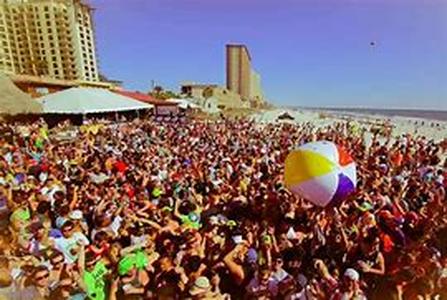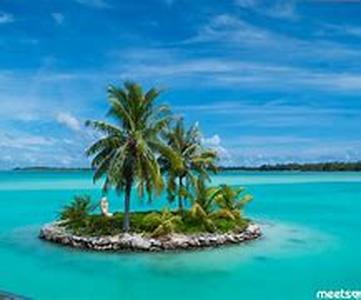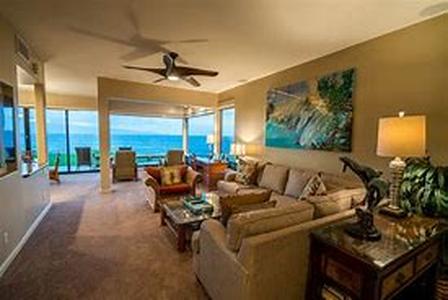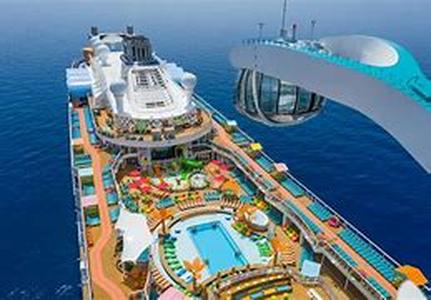
The Panama Canal Construction Was One Of The Largest And Most Difficult Engineering Projects Ever Carried Out. It Has Had A Huge Impact On Shipping, As Ships No Longer Must Travel The Long And Treacherous Route Through The Drake Passage And Cape Horn At The Southernmost Trip Of South America. The Best Example Of That Is, When A Ship Sailing From New York To San Francisco Through The Canal Travels Under Half The Distance Of The Previous Route Around Cape Horn.Although The Concept Of The Panama Canal Construction Dates Back To The Early 16th Century, Wherein The First Attempt For The Panama Canal Construction Began In 1880 Under French Leadership. After This Attempt Collapsed, The Work Was Finally Completed By The United States, And The Canal Opened In 1914. The Panama Canal Construction Was Plagued By Problems At That Time, Including Disease- Particularly Malaria And Yellow Fever, And Massive Landslides. There Were Many Workers Died During The Construction Of The Canal. Since The Opening Of The Canal, It Has Been Extremely Successful And Continues To Be A Significant Medium For International Shipping. The Panama Canal Construction Resulted To The Connection Of The Gulf Of Panama In The Pacific Ocean With The Caribbean Sea And The Atlantic Ocean. Due To The S-shape Of The Isthmus Of Panama, The Canal Runs From South-east At The Pacific End To North-west At The Atlantic. To Avoid Confusion, The Canal Authorities Classify Transits Of The Canal As Northbound And Southbound.The Canal Consists Of Two Artificial Lakes, Several Improved And Artificial Channels, And Three Sets Of Locks. An Additional Artificial Lake, Alajuela Lake, Acts As A Reservoir For The Canal. The Most Visually Impressive Feature Of The Canal Is Its Lock. The Lock Chambers Are 33.53 Meters Wide With A Usable Length Of 304.8 Meters. The Available Water Depth In The Lock Chambers Varies, But The Least Depth Of 12.55 Meters Is At The South Sill Of The Pedro Miguel Locks. These Dimensions Determine The Maximum Size Of Ships Which Can Use The Canal. The Canal Can Accommodate Vessels From Small Private Yachts Up To Literally Large Commercial Ships. The Maximum Size Of Vessel That Can Use The Canal Is Known As Panamax, An Increasing Number Of Modern Ships That Exceed This Limit Are Post-Panamax Vessels. A Typical Passage Through The Canal By A Cargo Ship Takes About 9 Hours.All Of The Locks On The Canal Are Paired; There Are Two Parallel Flights Of Locks At Each Of The Three Lock Sites, Which Principally Allows Ships To Pass In Opposite Direction Simultaneously. However, Large Ships Cant Cross Safely At Speed In The Gaillard Cut. In Practice, Ship Traffic Flows Alternately Using Both Lanes Of The Locks In One Direction At A Time..





